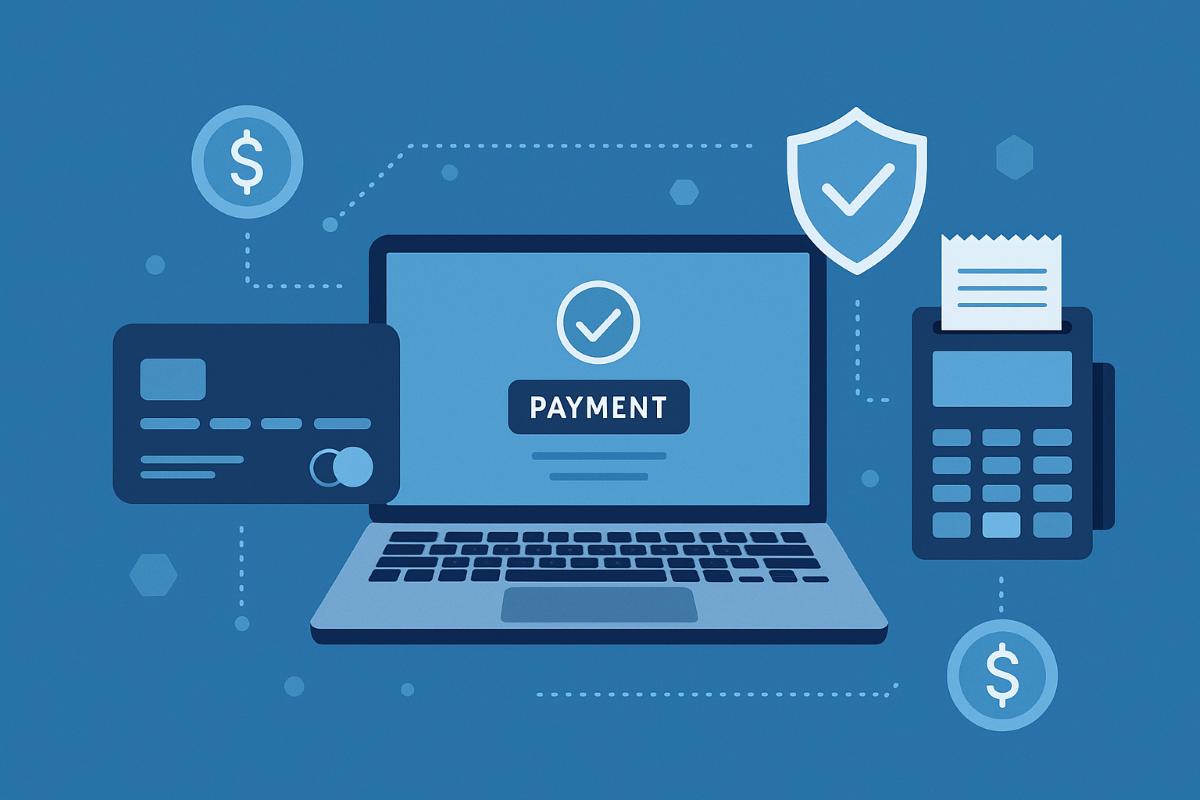In today’s fast-paced digital landscape, one of the most critical decisions for businesses is selecting the right payment gateway solution. Whether for e-commerce sites, mobile apps, or online service platforms, the payment infrastructure directly impacts both customer experience and operational efficiency.
Let’s clarify the key criteria to consider in this process, along with the technological solutions involved:
What is a Payment Gateway and What Does It Do?
A payment gateway is a system that enables the secure processing of online payment transactions. It encrypts card information, transmits it to the bank, returns the result quickly, and communicates the outcome to both the customer and the business.
Virtual POS integration is at the core of this process: the merchant’s website connects to the payment provider, and the transaction is completed.
The right payment gateway system is a cornerstone of e-commerce, with its user interface, infrastructure speed, variety of payment methods, and layers of security.
Ease of Virtual POS Integration
Virtual POS integration means that the payment page connects smoothly to the technical infrastructure. Key considerations include:
- API-based integration: Innovative providers like Firisbe offer easy API integration with open documentation for developers.
- E-commerce platform compatibility: Out-of-the-box support for systems like WooCommerce, Shopify, and Opencart helps reduce custom development costs.
- Sandbox / test environment: The ability to test system functionality before going live lowers the risk of errors and enhances confidence.
Systems meeting these criteria accelerate the technical setup and ensure a seamless payment flow.
Security Layers for Safe Online Payments
Online payment security goes beyond just encrypting card data. Key security measures in Firisbe’s infrastructure include:
- PCI DSS compliance: Ensures data protection by processing card transactions according to established security standards.
- 3D Secure support: Adds an extra layer of authentication through password, SMS code, or biometric verification.
- Tokenization: Replaces the card number with a token, so actual card data is not stored in the system—enhancing protection in the event of a data breach.
- Fraud prevention systems: Implements risk analysis, end-to-end transaction monitoring, and suspicious behavior detection to ensure transaction safety.
These layers secure the payment infrastructure across desktop, mobile, and offline channels without compromising the user experience.
User Experience and Mobile Compatibility
A user-friendly payment process directly affects conversion rates. Key features to look for:
- Responsive design: Payment pages that work flawlessly across all devices (mobile, tablet, desktop) increase customer satisfaction.
- One-click payment: The ability to reuse saved card information speeds up purchases.
- Localized experience: Optimizing language and payment options based on user geography improves sales performance.
Payment infrastructures that include these elements also boost brand trust, not just transaction success.
Fees, Commissions, and Pricing Transparency
Understanding the financial aspect of a payment gateway is critical. Key aspects include:
- Per-transaction or flat fees: For businesses with high transaction volumes, tiered pricing models can be advantageous.
- Installment fee structures: If installment options are offered, any extra fees per installment must be clearly stated.
- Additional costs: Charges for refunds, cancellations, or currency conversion should be transparently listed.
Solutions with clear pricing structures provide financial clarity and strategic flexibility for businesses.
Reporting and Analytics Tools
Proper analysis of financial data enhances business performance. When choosing a payment infrastructure, look for:
- Real-time data monitoring: Ability to instantly track metrics like transaction count, refund rate, and decline reasons.
- Advanced dashboard: Provides a single view of financial summaries, refund rates, and bank-specific transaction performance.
- Reconciliation ease: Reconciliation modules that match payments with corresponding invoices help speed up accounting processes.
Firisbe supports this kind of reporting and analytics, enhancing financial visibility.
Flexibility and Scalability
In line with a business’s growth goals and transaction volume:
- High transaction volume support: Systems should support multi-bank routing for high-traffic e-commerce platforms.
- Flexibility to add new payment methods: New services such as digital wallets, QR codes, or open banking should be easily integrated via API.
- International payment support: Multiple currencies and local payment methods should be available to support global sales.
These criteria enable businesses to grow with future-ready structures.
Choosing the right payment gateway is not merely a technical integration step—it forms the foundation of secure online payments, customer satisfaction, financial control, and business growth.
Fast and secure virtual POS integration, complete adherence to online security standards, and mobile-first user experience are now essential for competitive businesses.
Firisbe’s infrastructure is built to meet all these criteria, supporting businesses both technically and financially in their payment operations. With its ease of integration, advanced security protocols, flexible payment options, and comprehensive reporting modules, Firisbe takes businesses’ payment systems one step further.
For businesses aiming for long-term success in modern e-commerce and digital service platforms, choosing the right payment gateway means opening the door to a secure and efficient future—with Firisbe.
Frequently Asked Questions (FAQs)
- What is a payment gateway and why is it important?
A payment gateway is a system that securely and quickly processes online payments. It enables the handling of card data via a virtual POS. A secure and seamless payment gateway directly influences customer satisfaction. - How is virtual POS integration done?
Virtual POS integration connects the payment infrastructure to a website or mobile app via API. Advanced infrastructures like Firisbe offer fast integration and comprehensive technical support to streamline the process. - How is security ensured when choosing a payment gateway?
Technologies such as PCI DSS compliance, 3D Secure support, tokenization, and fraud prevention systems should be prioritized. Firisbe provides all these security layers without compromise. - How should commission rates and additional fees be evaluated?
Each payment gateway provider charges different commission rates per transaction. Additional costs may apply for installments, foreign currency transactions, or refunds. Providers with transparent pricing policies should be preferred. - What reporting features are beneficial for businesses?
Real-time transaction tracking, detailed reports, refund/cancellation management, and reconciliation tools help businesses manage financial operations efficiently.


Leave A Comment